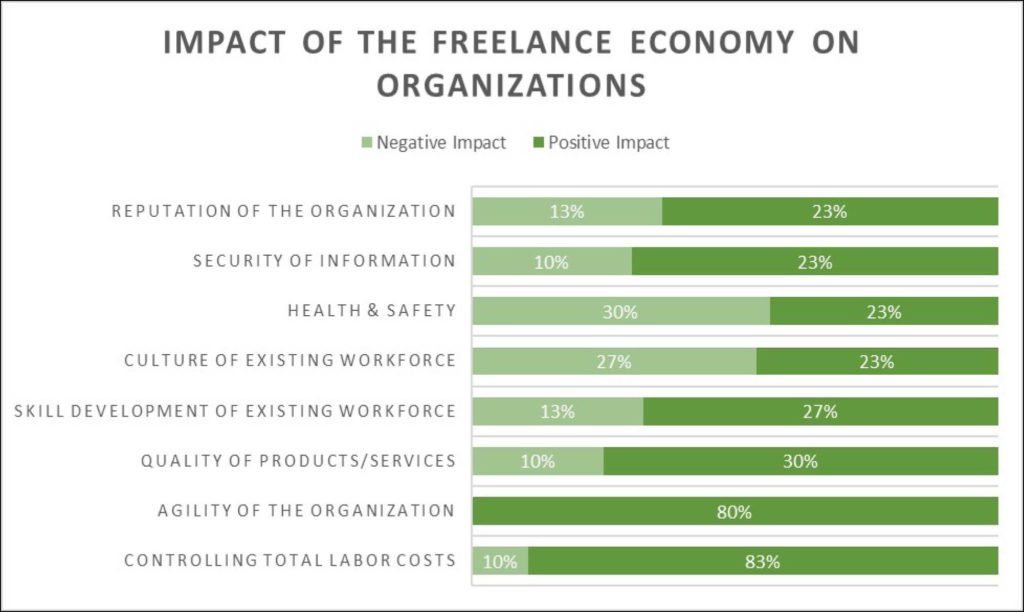Capitalizing on the Gig Economy aka the Freelance Economy
Capitalizing on the Gig Economy
Now that we know what it is, how can we adapt to the changes it brings?
Last week we scratched the surface on exploring the Gig Economy. This week we’ll explore some of the concerns of the Gig Economy and how you can navigate them to set yourself up for success. Before we dig in, have you been wondering where the term “gig” even came from? I certainly have been, so I did some research.
Apparently, the most commonly cited origin for the term “gig” references a single project or task for which a worker is hired to work on demand. Starting in the late 1920s, jazz musicians use of the word “gig” was a reference to their next performance. However, studies show “The Gig Economy” ranks last in popular terms for this workforce. The most preferred term by a 50% margin is “The Freelance Economy.” Thus, henceforward we will refer to it as The Freelance Economy.
A primary concern with The Freelance Economy is the perceived instability.
The name “contingent workers” itself implies it is short term employment. Sometimes they’re referred to as temps which carries connotations of an even shorter term of employment. However, in the industrial sector, an overwhelming 53% of contingent workers are working for 12 months or longer. After the “contingent period” ends, the company offers more than a third a permanent position with the company. Furthermore, half of temporary employees view this opportunity as a segue to permanent employment. In fact, 90% said the training and experience provided through staffing work made them more competitive in the job search. Thus, they can successfully find gainful employment after some freelance work.
The top 3 reasons organizations are using contingent workers to make up their workforce now are controlling total labor costs, completing projects requiring specific expertise, and as a response to seasonal workforce requirements. You can see the results below.
However, every action has an equal opposite reaction. Of these positive impacts, shockingly roughly 30% of those surveyed did not know who was responsible for the planning, management, and data of gig workers. Clearly this leads to increased safety risks, decrease in the concentration of the company culture, and more negative impacts for the organization. For the employee, this can lead to unfair compensation, lack of benefits, or failure to receive proper compensation in the event of a workplace injury.
What comes next?
How can I protect myself as an employee? At the risk of sounding like a broken record, again the safest solution is using a well trusted staffing company. As experts in policy, recruitment, and procedure staffing agencies find the best match for your work experience and history. They can offer benefits and protections as a 3rd party. Overall, 74% of employees working through a staffing agency are “very satisfied” or “extremely satisfied.” As this segment of the economy continues to thrive, more legislation and regulation is likely to be put in place. Until then, minimize your risk and maximize your opportunity.
What’s the solution to overcoming these challenges from an organizational stand point? The answer is simple. Look for a reputable, reliable, and forward-thinking staffing company that wants to act as an extension of your HR team. The type of staffing company that wants to have a seat at the table to help build up your workforce by providing an entry point for qualified candidates.

